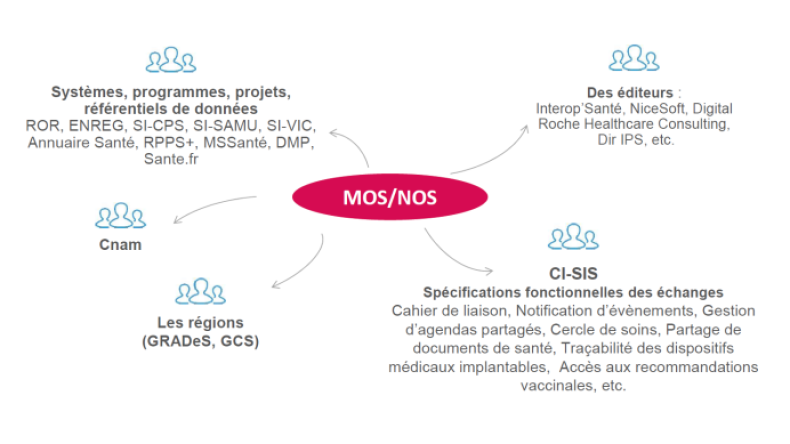Votre question concerne quel type d'offre ?
Votre question concerne quel couloir Ségur ?
Votre question concerne quel dispositif Ségur ?
Votre question concerne quel produit ou service produit?
Votre question concerne quelle thématique ?
There are two search options in the Health Pro Directory:
- A keyword search (Who ? What ? Where ?) that allows you to find professionals in matching establishments;
- A detailed search (Profession, specialisation, skills, ID, place of practice) to target health professionals or health structures.
Cette réponse vous a-t-elle été utile ?
The RPPS has restricted access content. You need to log in to the Health Pro Directory to access these data. The use of a CPS card as means of authentication is required:
- if you carry a Director of Establishement (CDE) card or a liberal CPS card, you may automatically access the information whose access is granted to you;
- in other cases, accessing the directory with a CPx-type card may need a prior enrolment process with the ANS. You will need to fill a RPPS access request form.
You need a card reader in order to authentify yourself with a CPx-type card.
For further information, read our pages to the CPS and e-CPS.
Cette réponse vous a-t-elle été utile ?
Health professionals are encouraged to use MOS and NOS for three main reasons :
- enhance the interoperability of information systems by harmonising names, attributes, codes and nomenclatures;
- share the same understanding of the information, regardless of which directory or reference document it is taken from;
- facilitate the specification, analysis and conception of a project.
The ANS offers training on MOS-NOS and the elaboration method for exchanges’ functional specs (see our Documentation section).
The illustration below gives you examples of the types of professionals using the MOS-NOS:

Cette réponse vous a-t-elle été utile ?
The MOS is a collection of concepts described homogeneously and neutrally in terms of technologies. It offers a common description of the information processed and exchanged in the information systems to make digital communication easier.
The overall consistency of the MOS is founded on the definition and description of its UML (Unified Modelling Language) concepts.
Some MOS concepts can be coded. They are associated with the nomenclatures of health objects (NOS), i.e. lists of codes/labels.
You are encouraged to use MOS and NOS to :
- optimise and coordinate efforts when you analyse or conceive a system (or an application) by re-using the same semantic components;
- make sure there is consistency in your internal developments and with external systems, for the best possible interoperability.
Cette réponse vous a-t-elle été utile ?
The European Commission’s studies have determined there is a need for a base vocabulary, such as MOS and NOS, which can be used as a starting point for:
- develop and evolve information systems (IS) to formalise the conceptual and logical data they utilise (for instance, the MOS is a reference for the modelling of the RPPS);
- share information between ISs to create specific models of data they can use (thus, the MOS is underlying the ROR exposure model);
- combine and synthetise elements originating from different sources;
- publish data in a common format, such as a directory or catalogue of service (for example, the Annuaire Santé / Health Pro Directory).
Cette réponse vous a-t-elle été utile ?
The national ID is on the first line of your CPS card:
- Add a “8” before your RPPS ID, for example: 81234567890 ;
- Add a “0” before your ADELI ID, for example: 01234567890.
Cette réponse vous a-t-elle été utile ?


